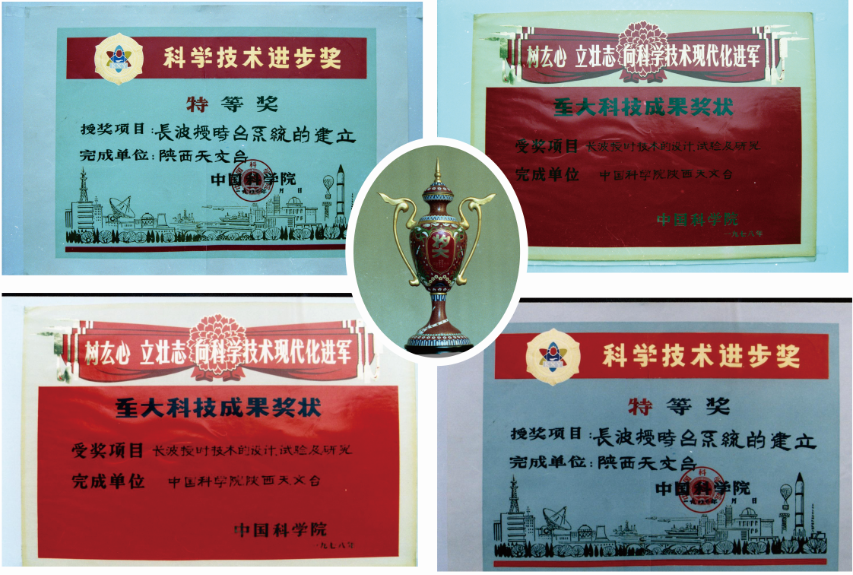In order to meet the requirements of measurement and control of satellite launch and space technology development, the development and construction of the long wave time service station (326 project) was launched officially after the approval of the State Council in June 1973. Led by the Chinese Academy of Sciences, the development and construction of the long wave time service station was coordinated by many civil departments from the central government to the local government, with multiple units participating in the design, demonstration, research and development. In 1983, the joint mobilization of the system was successful. In 1985, the station began to broadcast at full power. In 1986, after passing the national technical appraisal organized by the National Science and Technology Commission, the standard time and frequency signals were transmitted officially, the call sign is BPL. With a carrier frequency of 100kHz, the time-frequency signal was regularly transmitted by the long wave time service station every day. The ground wave action distance was 1000-2000 km. The combination of space-wave and ground-wave covered the land and offshore waters of China. The time service accuracy was microseconds (millionths of a second) level. This achievement won the first prize of national science and technology progress in 1988.

The Long-wave Time Sation won Prizes(Image Credit: NTSC) 
The Long-wave Time Sation(Image Credit: NTSC) |


